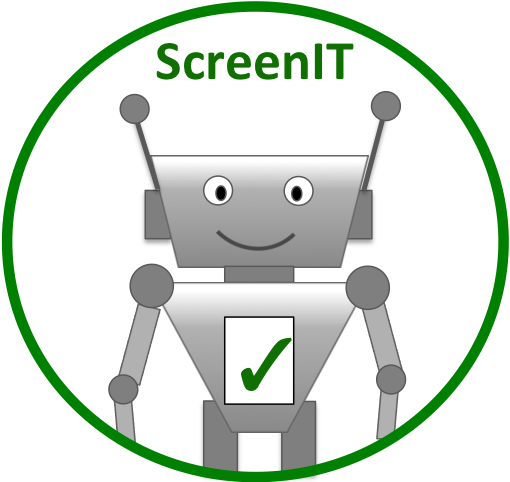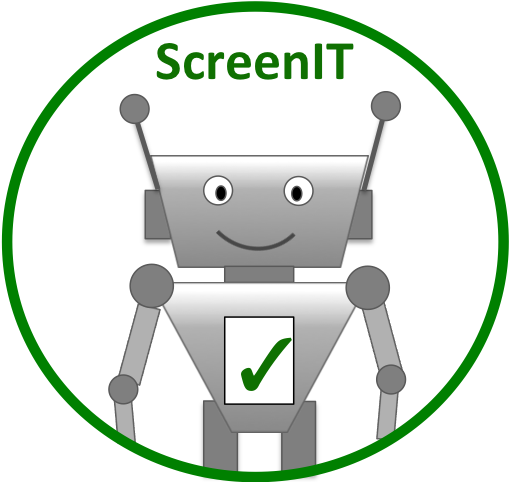Perceived Stress and Psychological (Dis)Stress among Indian Endodontists During COVID19 Pandemic Lock down
This article has been Reviewed by the following groups
Discuss this preprint
Start a discussion What are Sciety discussions?Listed in
- Evaluated articles (ScreenIT)
Abstract
Background
The novel 2019 coronavirus(COVID-19) spreads by respiratory and aerosols. COVID19 driven pandemic causes panic, fear and stress among all strata of society. Like all other medical professions, dentists, particularly endodontists, who are highly exposed to aerosols would be exposed to stress. The aim of this study was to assess the (dis)stress among Indian endodontists and the factors that could influence the (dis)stress.
Methods
From 8 th April to 16 th April 2020, we conducted an online survey in closed endodontic social media using snowball sampling technique, collecting basic demographic data, practice setting and relevant data. Psychological stress and perceived distress were collected through COVID-19 Peri-traumatic Distress Index (CPDI) and Perceived stress scale (PSS). Multinomial regression analysis was performed to estimate relative risk rate and P≤0.05 was considered significant.
Results
This study had 586 Indian endodontists completing this survey across India. Of these, 311 (53.07%) were males, 325(55%) in the age group of 25-35 years, 64%in urban areas, 13.14% in solo-practice and a fourth of them were residents. Female endodontists had high perceived stress (RRR=2.46,P=0.01) as compared to males, as measured by PSS. Younger endodontists<25 years(RRR=9.75;P=0.002) and 25-35years (RRR=4.60;P=0.004) as compared with >45 years age-group had more distress. Exclusive consultants had RRR= 2.90, P=0.02, for mild-to-moderate distress as compared to normal. Factors driving this phenomenon are considered.
Conclusions
During the lock down due to COVID-19, 1-in-2 Indian endodontists had distress, as measured by CPDI and 4-in-5 of them had perceived stress, as indicated by PSS. Our model identified certain factors driving the (dis)stress, which would help policy framers to initiate appropriate response.
Article activity feed
-

SciScore for 10.1101/2020.05.06.20092601: (What is this?)
Please note, not all rigor criteria are appropriate for all manuscripts.
Table 1: Rigor
Institutional Review Board Statement IRB: The exemption for this survey was sought from primary author’s institutional review committee as this was an anonymous survey with no personal identification collected out and carried out during a humanitarian emergencies and disaster, as per Indian Council of Medical Research guidelines. Randomization not detected. Blinding not detected. Power Analysis not detected. Sex as a biological variable not detected. Table 2: Resources
No key resources detected.
Results from OddPub: We did not detect open data. We also did not detect open code. Researchers are encouraged to share open data when possible (see Nature blog).
Results from LimitationRecognizer: We detected the …SciScore for 10.1101/2020.05.06.20092601: (What is this?)
Please note, not all rigor criteria are appropriate for all manuscripts.
Table 1: Rigor
Institutional Review Board Statement IRB: The exemption for this survey was sought from primary author’s institutional review committee as this was an anonymous survey with no personal identification collected out and carried out during a humanitarian emergencies and disaster, as per Indian Council of Medical Research guidelines. Randomization not detected. Blinding not detected. Power Analysis not detected. Sex as a biological variable not detected. Table 2: Resources
No key resources detected.
Results from OddPub: We did not detect open data. We also did not detect open code. Researchers are encouraged to share open data when possible (see Nature blog).
Results from LimitationRecognizer: We detected the following sentences addressing limitations in the study:The limitation of this study would include self-reporting bias, non-consideration of Indian states (as the whole country was under lockdown, unlike China), role of other stressors and COVID19 exposure. Further studies, in this direction have to explore role of other possible confounders as well as factor that could meaningfully add to present models.
Results from TrialIdentifier: No clinical trial numbers were referenced.
Results from Barzooka: We did not find any issues relating to the usage of bar graphs.
Results from JetFighter: We did not find any issues relating to colormaps.
Results from rtransparent:- Thank you for including a conflict of interest statement. Authors are encouraged to include this statement when submitting to a journal.
- Thank you for including a funding statement. Authors are encouraged to include this statement when submitting to a journal.
- No protocol registration statement was detected.
-

